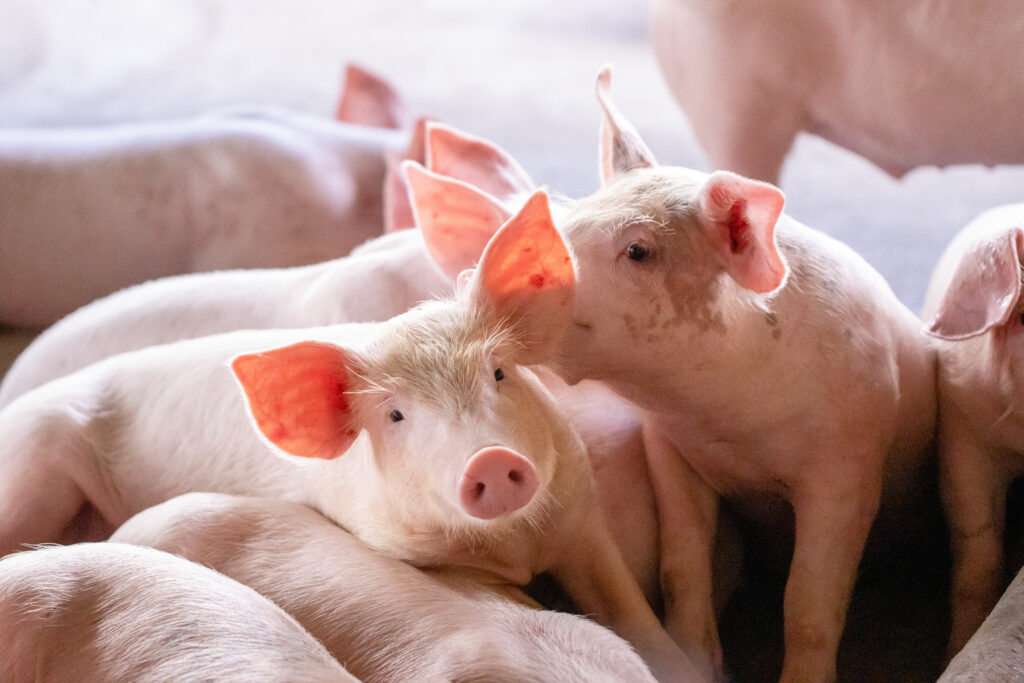Global pork producers remain cautious about rebuilding their herds, despite improved profitability, due to ongoing uncertainties over trade, disease and demand, according to RaboResearch’s latest pig sector report.
The global sow herd remained steady through Q3 2024, with little sign of expansion, even though profitability has noticeably improved in some regions.
“We expect a seasonal production increase as temperatures cool and fresh corn becomes available, though herd health challenges typically rise during this period,” said Christine McCracken, senior animal protein analyst for RaboResearch.
Disease outbreaks in South Korea, Russia and the EU have led to production losses in the second half 2024, limiting herd rebuilding despite effective biosecurity measures, as biosecurity remains a top priority, globally, due to ongoing disease risks.
But China’s moderating disease pressure should support a return to herd growth in 2025. It’s pig herd is currently expanding slowly, reflecting producers’ cautiousness, while imports picked up in Q3 but remain vulnerable to trade policy changes.
Slight production growth is also expected in Brazil, the US and southern EU countries. The report suggests EU pig prices could pick up due to tightening supplies, but while exports might strengthen, they remain below year-earlier levels.
Pork production in the E27+UK was up 3% in the year to July, with higher slaughter numbers and carcase weights both contributing. But in the first half of 2024, the sow herd in the top eight EU countries declined by 0.6%, compared with the end of 2023. Rabobank, therefore, predicts only ‘marginal growth for the EU27+UK in 2024.
In the US, ample supplies as producers make productivity gains are weighing on the market, while Brazil saw a 9% year-on-year increase in exports, despite a weaker China market.
La Niña impact
Global feed inventories are nearing their best level in years, and pig production costs are lower in most regions.
However, dry conditions in South America and Asia mean feed cost advantages are not uniform. In 2024, lower corn and soymeal costs have provided margin relief in some regions, while tighter wheat supplies have kept costs high in others. Even a mild La Niña creates regional disparities, Ms McCracken added.
North America’s large harvest has rebuilt stocks, but the EU and Asia have fallen short. “With global stocks providing an adequate buffer, we project another year of moderate cost of gain for most leading pork producers in 2024/25,” said Ms McCracken.
Concerns about localized production shortfalls due to La Niña are focused on South and Central Asia, southern South America, northern Mexico, and East Asia. Dry conditions in Brazil have already delayed soybean planting and could reduce safrinha (second crop) corn acreage in 2025.
Positive consumption trend
Pork consumption continues to improve, driven by better economic trends. Lower energy costs are helping to slow inflation, though higher costs for services and food weigh on consumers.
Stronger seasonal demand and the high cost of competing proteins should support favourable consumption in Q4 2024.
“Consumer confidence remains a challenge in many markets due to ongoing economic difficulties. Consumption trends will impact prices, investment decisions, and global trade,” Ms McCracken concluded.




